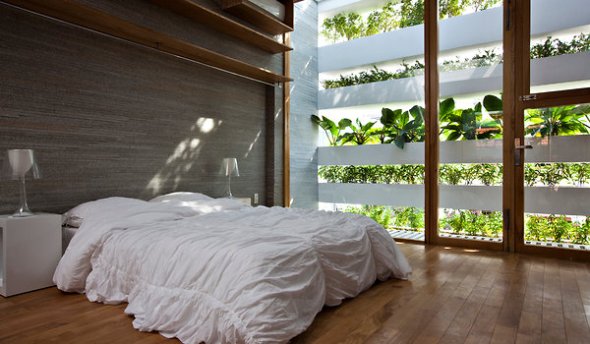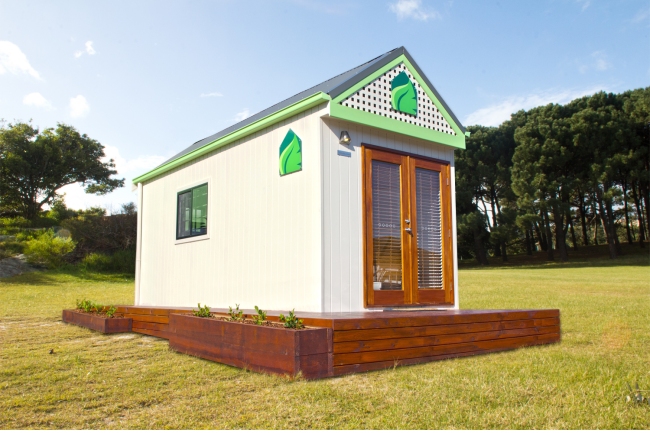‘Working at a height of just 1.2 metres can be deadly’, was a main message in a recent home renovation safety awareness program launched in Victoria.
Most personal injuries caused during renovations in Victoria involved power grinders, falls from ladders and injuries caused by power saws. Eye injuries, chemical burns and inhalations, fractures and open wounds were also common.
So were back injuries caused by lifting heavy weights? In just a year, more than 1000 Victorians suffered injuries serious enough to seek medical attention.
This picture is not limited to Victoria. No matter where you live, dangers increase dramatically during renovations when the home becomes a construction site with tools, dust, electrical equipment, dangerous chemicals and materials.
And remember, you may not be the only person present and your home renovation site can become even more dangerous when children are around. Unsupervised children in an industrial grade setting can be a tragic combination.
Before you start
Before you embark on any DIY alterations to your home you must make an honest assessment of the work to be done and then decide that you are capable of doing it. If there are parts of the job you’re not sure about, budget to call in a qualified tradesperson.
Some jobs, like electrical and plumbing work, are strictly for qualified people and should NEVER be tackled by anyone without appropriate qualifications.
As a rule, if you need some instruction or advice, don’t be afraid to ask. Don’t just launch into the job thinking you can master it on the run. There are plenty of do-it-yourself books, seminars and videos available. If you don’t really know what you’re doing in a construction job you probably don’t know what dangers you’re exposing yourself to.
Be particularly aware of inherently dangerous building materials such as asbestos and lead-based paints, particularly in older homes. Your ignorance can inadvertently poison your family. It’s a staggering fact that nearly all cases of lead poisoning in children in Australia are the result of dust or paint flakes released during home renovations. Pets can also get lead poisoning.
Reduce safety risks
Safety risks can be reduced by having an awareness of the issues, knowing the most common danger zones and by removing potential hazards. Things to keep in mind include:
- falls from ladders, even from low heights, are a top cause of injury;
- power equipment is a major cause of injury to limbs, hands and eyes;
- failure to keep the site safe by leaving materials lying around is a significant cause of injuries to the DIY person and to others;
- asbestos removal is a highly dangerous activity and you should contact your local environmental health department rather than undertake this job yourself;
- on-site consumption of alcohol and drugs is a significant contributor to accidents; and
- impatience and lack of knowledge leads DIY renovators to cut corners with their own personal safety and, sometimes tragically, with the safety of others.
Don’t forget that at HomeSource we can help you find a professional tradesperson to make the necessary improvements in your home. Call now on (02) 8399 1838 or visit http://www.homesource.com.au for more information.








